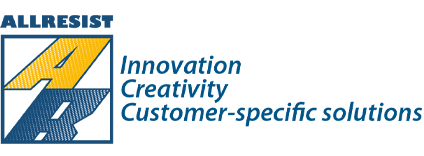General: Resist composition
The resists most widely used by far are the positive photo resists, followed by negative photo resists. However, there are other special resists as well.
Image reversal resists are positive resists with an additional amine. Depending on the manufacturing process, positive or negative images can be generated.
